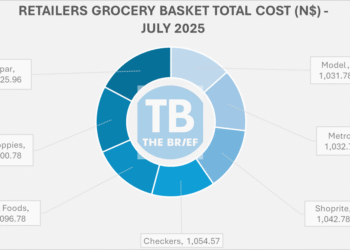
The International Monetary Fund (IMF) says South Africa faces lacklustre growth in the medium-term, despite a faster-than-anticipated recovery from the COVID-19 pandemic.
In a statement issued at the end of discussions with South Africa on Friday (11 February), the group forecast that growth rebounded to 4.6% in 2021, after contracting 6.4% in 2020.
“The rapid pace of recovery, despite the earlier surge in infections amid low vaccination rates and international travel bans brought by the Omicron variant, could be a source of optimism.
“However, the economic recovery is deemed fragile, as it was accompanied by worsening unemployment (34.9%), weak bank lending to the private sector, and anaemic private investment. Despite the growth rebound, poverty and inequality did not show signs of improvement.â€
Against this backdrop, macroeconomic fundamentals have weakened, and vulnerabilities have increased, it said.
“The fiscal position deteriorated following the introduction of Covid-19-related measures and the transfers to state-owned enterprises (SOEs), whose operational and financial performance deteriorated further.
“As a result, the fiscal deficit soared to 9.7% of GDP in 2020, before declining to an estimated 8.4% in 2021. Public debt is estimated to have reached almost 70% of GDP in 2021.â€
The IMF said South Africa’s outlook now points to some growth recovery in the near term but a lacklustre medium-term performance.
Growth is projected at 1.9% in 2022, before easing to 1.4% in the medium term, capped by structural constraints to investment, prevailing policy uncertainty, and elevated public debt, which hinders job creation
While the fiscal deficit is projected to continue to narrow on recovering revenue and phasing out of Covid-19-related measures, over the medium term, the growing interest bill and demands from SOEs and public servants will keep the fiscal deficit high, above 7% of GDP.
Long-term issues, including deteriorating state-owned enterprises and inconsistent electricity supply, were also flagged by visiting the groups’ directors.
“The anaemic growth over the past decade was driven by a significant drop in the contributions of total factor productivity and private investment, partly reflecting the deteriorating allocative efficiency of resources.
“The pandemic has further exacerbated this situation by hampering human and physical capital accumulation, two crucial elements that typically support productivity growth. Therefore, a credible commitment to reform and a multipronged set of coherent actions that address these issues are needed.â€-bustech











